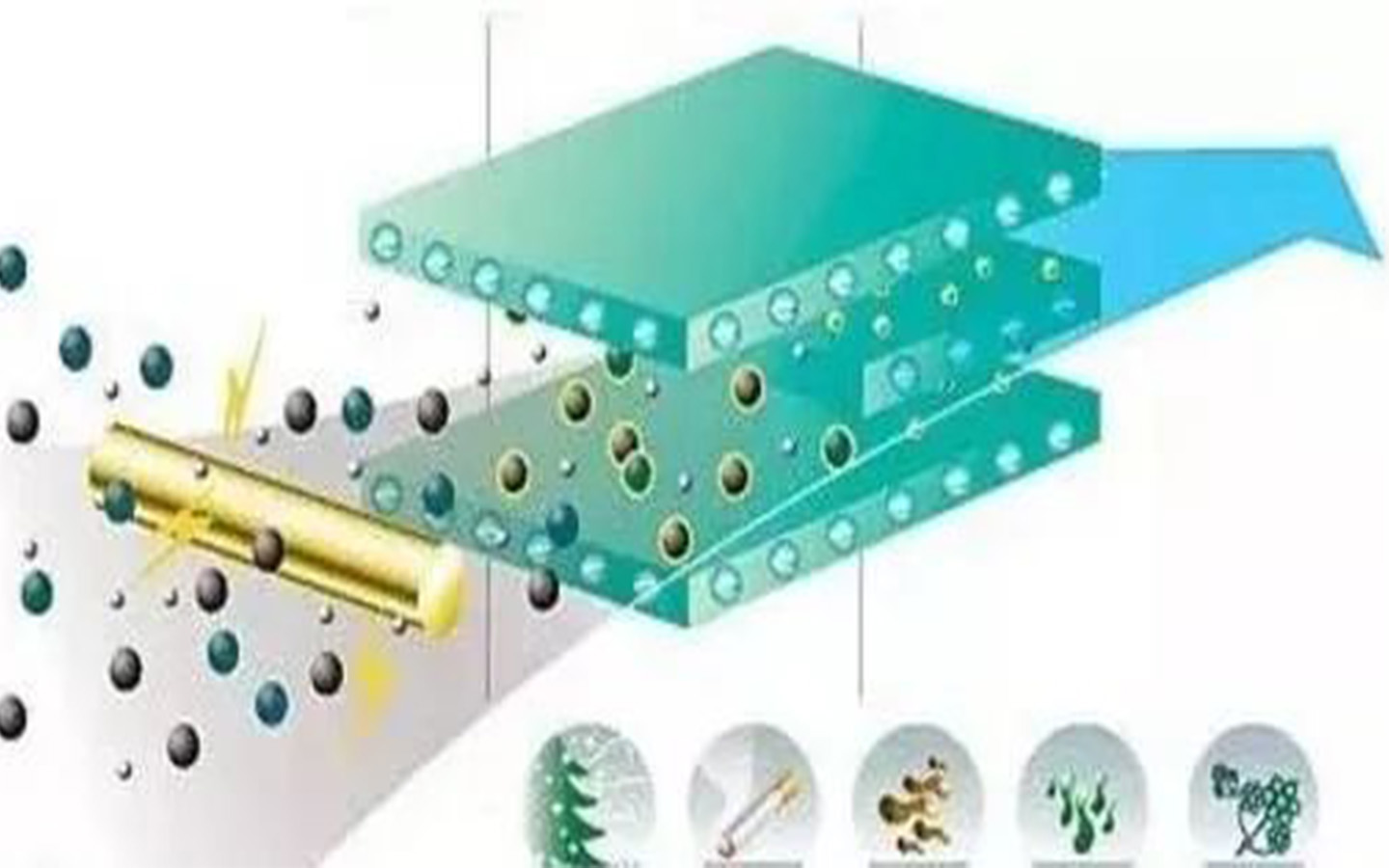
Due to the closed indoor environment of central air conditioning, indoor air does not circulate, and indoor air pollutants gradually accumulate, reducing the quality of indoor air. At the same time, the use of building materials in interior decoration causes a large amount of harmful gases to be emitted indoors.
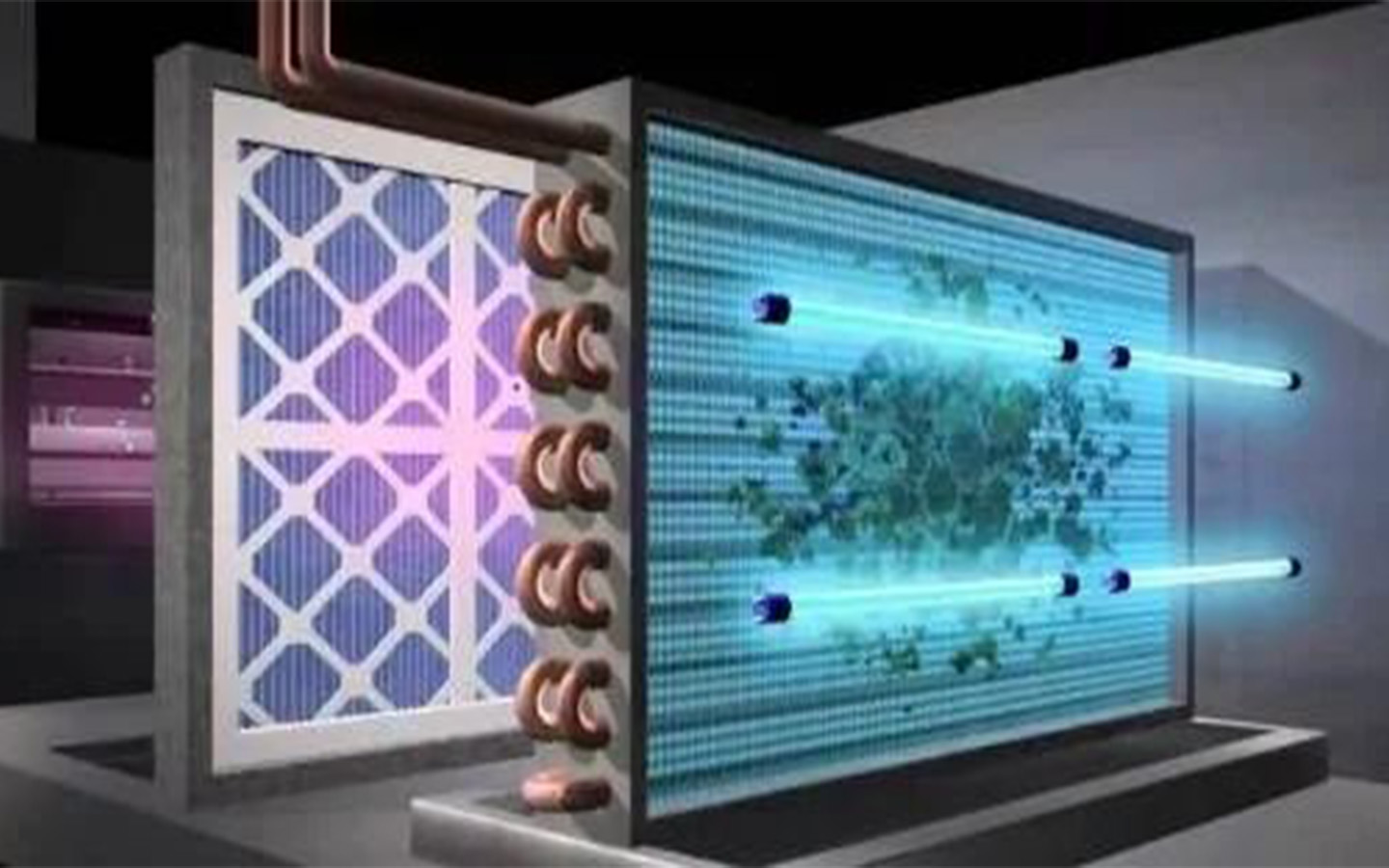
Living in an indoor environment with low air quality for a long time can easily cause a variety of human diseases, and the incidence rate is increasing year by year. With the improvement of people’s health awareness and environmental awareness, the problem of indoor air pollution has attracted people’s great attention.
Existing research shows that if central air conditioning is not effective in purifying the air, it will lead to the presence of more air pollutants indoors. Particulate matter in the air can easily cause respiratory inflammation, lung cancer and other diseases, and the gaseous pollutants are carcinogenic and teratogenic to the human body. Harmful, microorganisms can easily cause a variety of allergic diseases in the human body, and some indoor radioactive elements can easily induce lung cancer in the human body.
Composite purification technology is the current mainstream direction of indoor air purification technology in my country. Generally speaking, the main means of indoor air purification are: ventilation, filtration, photocatalysis, electrostatic and negative ions, adsorption, catalytic purification and other methods.
Professional test results show that it is feasible for central air conditioners to use pre-filters, medium-efficiency filters, ultraviolet sterilization and nano-photocatalysts for air purification technology. The purification devices can effectively reduce formaldehyde, bacteria, viruses and other air pollutants in the indoor air.
Central air conditioning system and air pollution
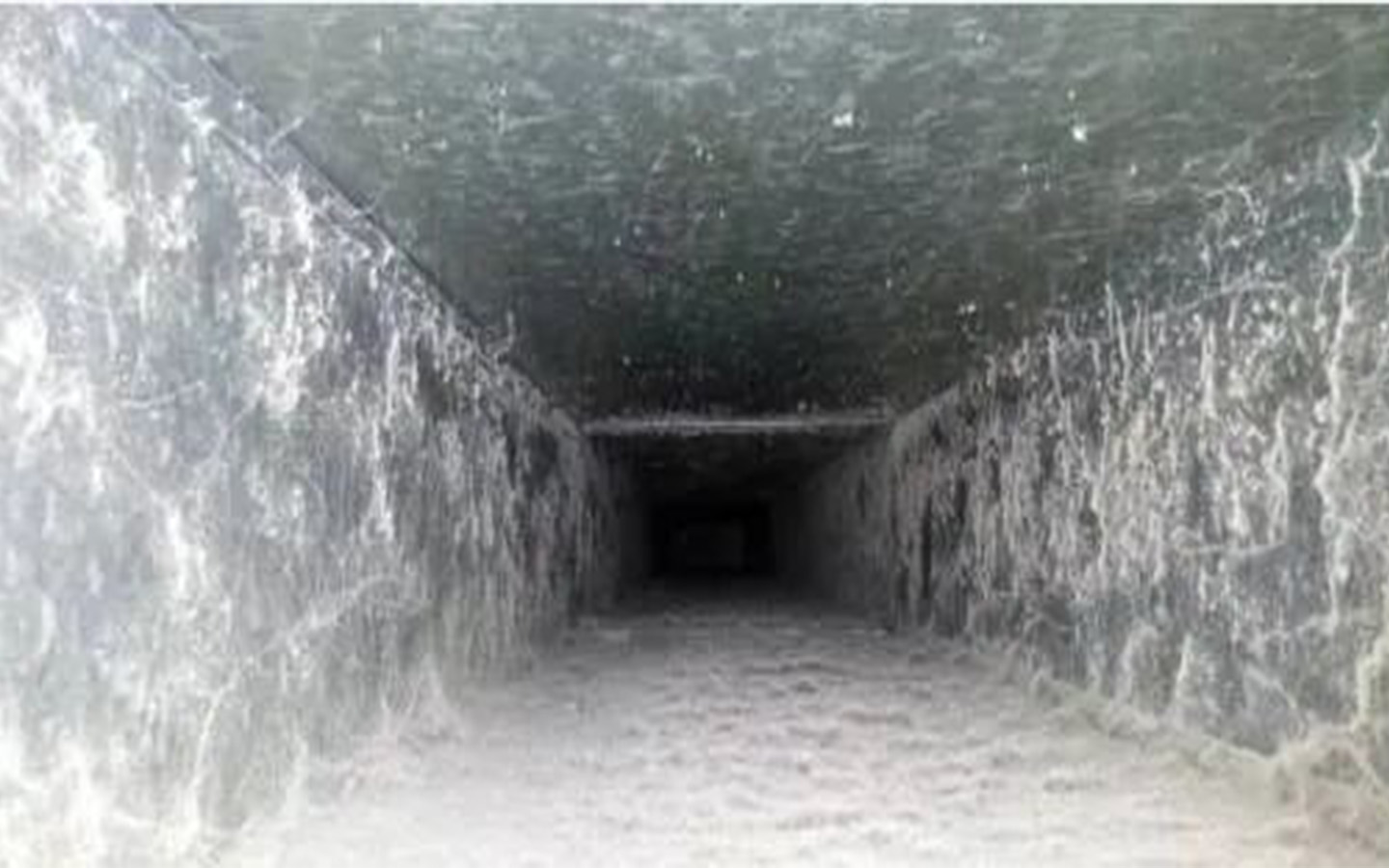
1.1 Introduction to central air conditioning system
The central air-conditioning system mainly includes the main unit and the terminal system. The main components of the central air-conditioning system include the main unit wind cabinet, fan coil unit, etc. There are many types of central air conditioning systems, which can be divided according to different properties;
●According to the medium used to bear the indoor heat and moisture load, it can be divided into all-air systems, all-water systems, refrigerant systems, etc.;
●According to the degree of concentration of central air conditioning air treatment equipment, it can be divided into centralized type and semi-centralized type.
1.2 Air pollution from central air conditioning system
Generally speaking, most modern buildings rely on central air conditioning to achieve environmental comfort needs. According to investigation and research, if the central air conditioning system is used improperly, it will not only fail to purify the indoor air, but will pollute the indoor air and endanger people’s life and health.
The air sources of central air conditioners are generally fresh air and return air. The main filtration methods are primary and medium-efficiency filters. However, these two filters cannot effectively filter large particles in the air and small particles that are harmful to the human body and harmful substances. gas.
Tiny particles contain pathogenic microorganisms, which easily enter the central air conditioning system through the airflow of the central air conditioning ventilation ducts, form dust and accumulate in the central air conditioning ventilation system ducts. At the same time, the constant temperature environment of the central air conditioning causes the microorganisms accumulated in the ventilation ducts to If they multiply in a good environment, microorganisms will enter the room through the ventilation ducts and pollute the indoor air.
Central air conditioning air purification technology
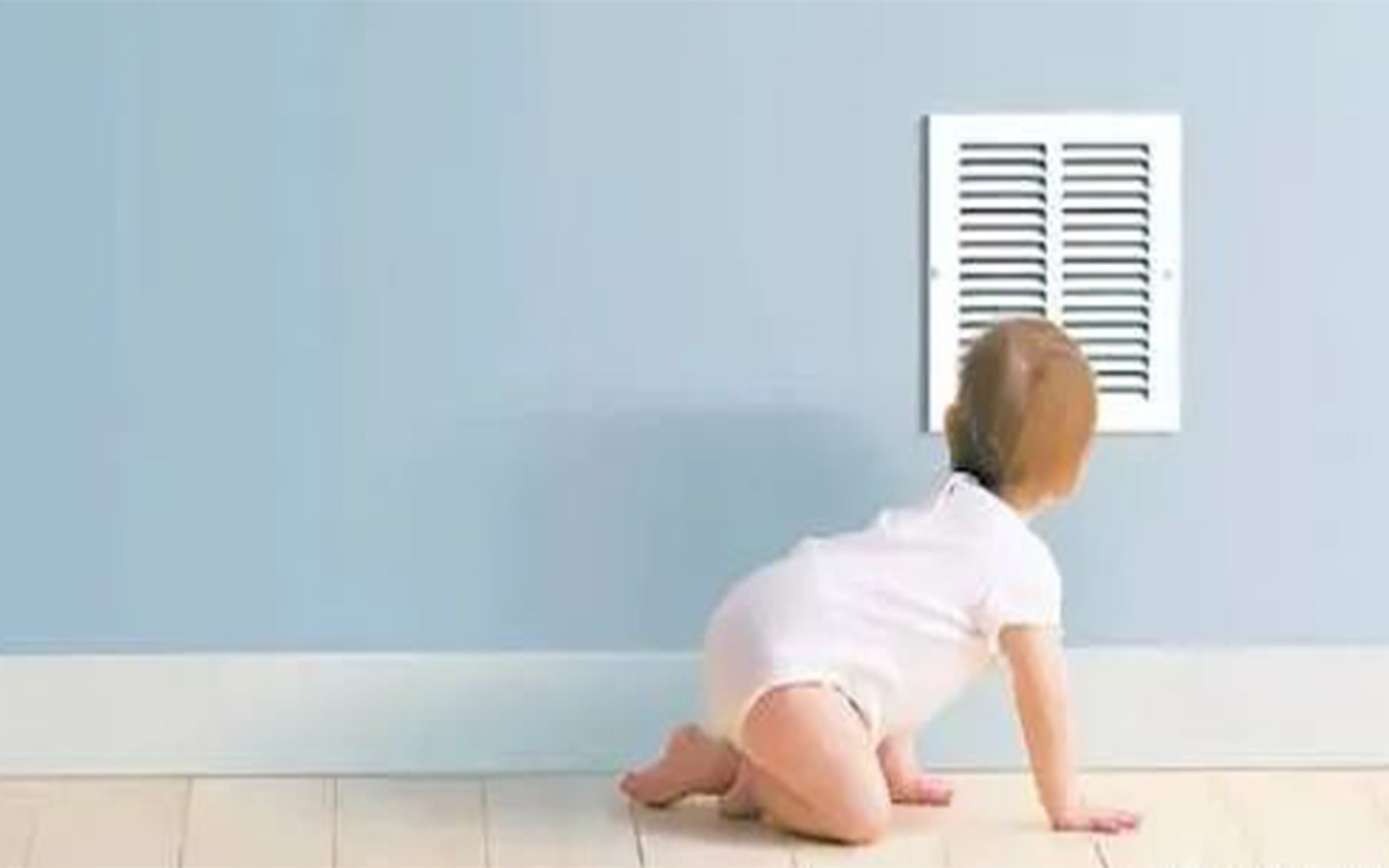
2.1 Introduction to air purification technology
Air purification technology is a comprehensive technology that pursues a clean indoor air environment. It mainly filters out particles in the air through three types of filters: coarse-efficiency, medium-efficiency, and high-efficiency filters to obtain clean air, which is then blown away by the central air conditioner’s uniform air supply. The air containing particulates can purify the indoor air.
At present, indoor air purification technology mainly includes dust removal technology, gas purification technology, and sterilization and disinfection technology. Among them, the dust removal technology mainly uses activated carbon filtration method, and the sterilization and disinfection technology mainly uses ultraviolet sterilization and disinfection technology.
Nano-titanium dioxide photocatalytic technology uses nano-titanium dioxide as an oxidant, irradiates it with ultraviolet light, excites oxygen and water molecules in the air, and oxidizes hydroxyl radicals to decompose various organic matter, formaldehyde, bacteria, etc. in the air. Due to the large ventilation volume and large indoor air flow rate of central air conditioners, the toxicity produced by nano-titanium dioxide photocatalysis is carried indoors along with the circulating air, forming indoor secondary air pollution.
2.2 Common central air conditioning air purification technologies
Central air conditioning air purification technology, the first step is to achieve primary filtration of indoor air to remove dust, bacteria, gaseous particles, etc. in the indoor air; then use a sterilizing medium-efficiency filter to filter bacteria in the air; and finally Ultraviolet sterilization uses TiO2 carbon fiber cloth and cathode ultraviolet sterilization lamp to decompose the organic molecules of bacteria to achieve sterilization effect.
Key data indicators:
C——Concentration of harmful substances indoors under steady state;
Q0——Fresh air volume;
C0——Concentration of harmful substances in fresh air;
n——adsorption efficiency;
G——the amount of indoor harmful substances;
Qs——Total air supply volume;
Qr——return air volume
2.3 Central air conditioning air purification process
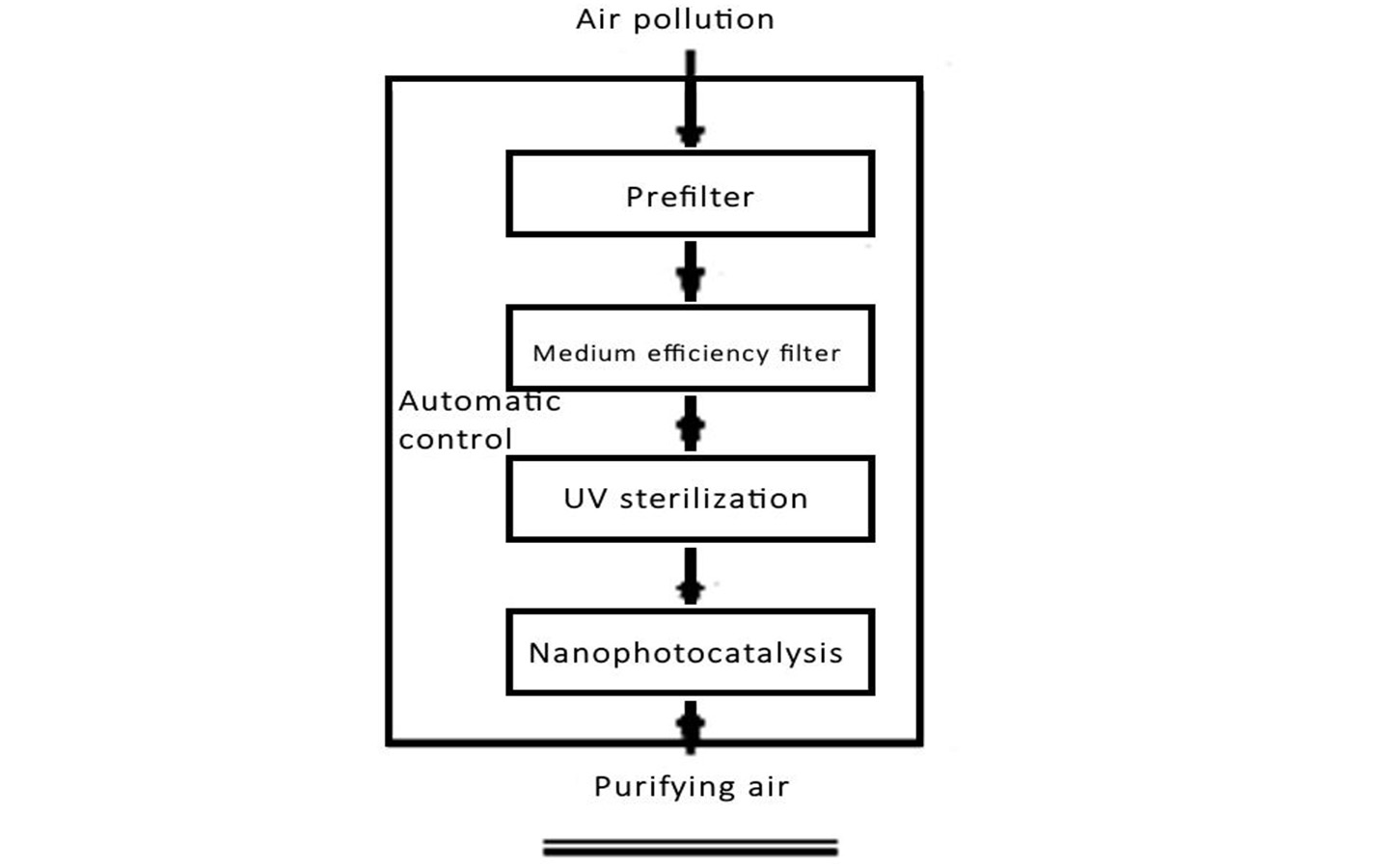
Central air conditioning air purification process case diagram
In the central air conditioning air purification process, the layout of the nano-titanium dioxide photocatalytic reactor needs to be considered to ensure a high utilization rate of photons. When designing purification equipment, it is necessary to consider reducing the resistance of air flow through the purification and disinfection device and making more effective use of the photon energy emitted by the ultraviolet lamp.
How to make effective use of photons is mainly to ensure that all the photons of the ultraviolet lamp can be excited to generate electrons and holes, and to ensure that the generated photoelectrons and holes can be fully utilized. Therefore, when designing a central air conditioning air purification device, the air flow field and concentration field must be taken into consideration. Its internal structure must fully consider the resistance, radiation field, flow field and other issues of the air flow passing through the device.
The main factors affecting the photocatalytic reaction are: pollutant concentration, air flow velocity, reaction rate, relative humidity, light intensity and catalyst, etc. The reaction rate increases with increasing contaminant concentration. The concentration of pollutants affects the combination of return and return air, the reaction rate is greatly affected by the catalyst, and the air flow speed affects the resistance of the catalyst.
Common central air conditioning air purification technologies include pre-filters, medium-efficiency filters, ultraviolet sterilization and nano-photocatalysts. The polluted air is first filtered by the pre-filter to filter out the larger dust in the air, then enters the medium-efficiency filter to further filter out the particles, bacteria, etc., and then passes through the ultraviolet sterilization lamp to kill the bacteria in the air, and finally through The nano titanium dioxide photocatalytic reactor absorbs various harmful substances and odors, and finally obtains purified air.
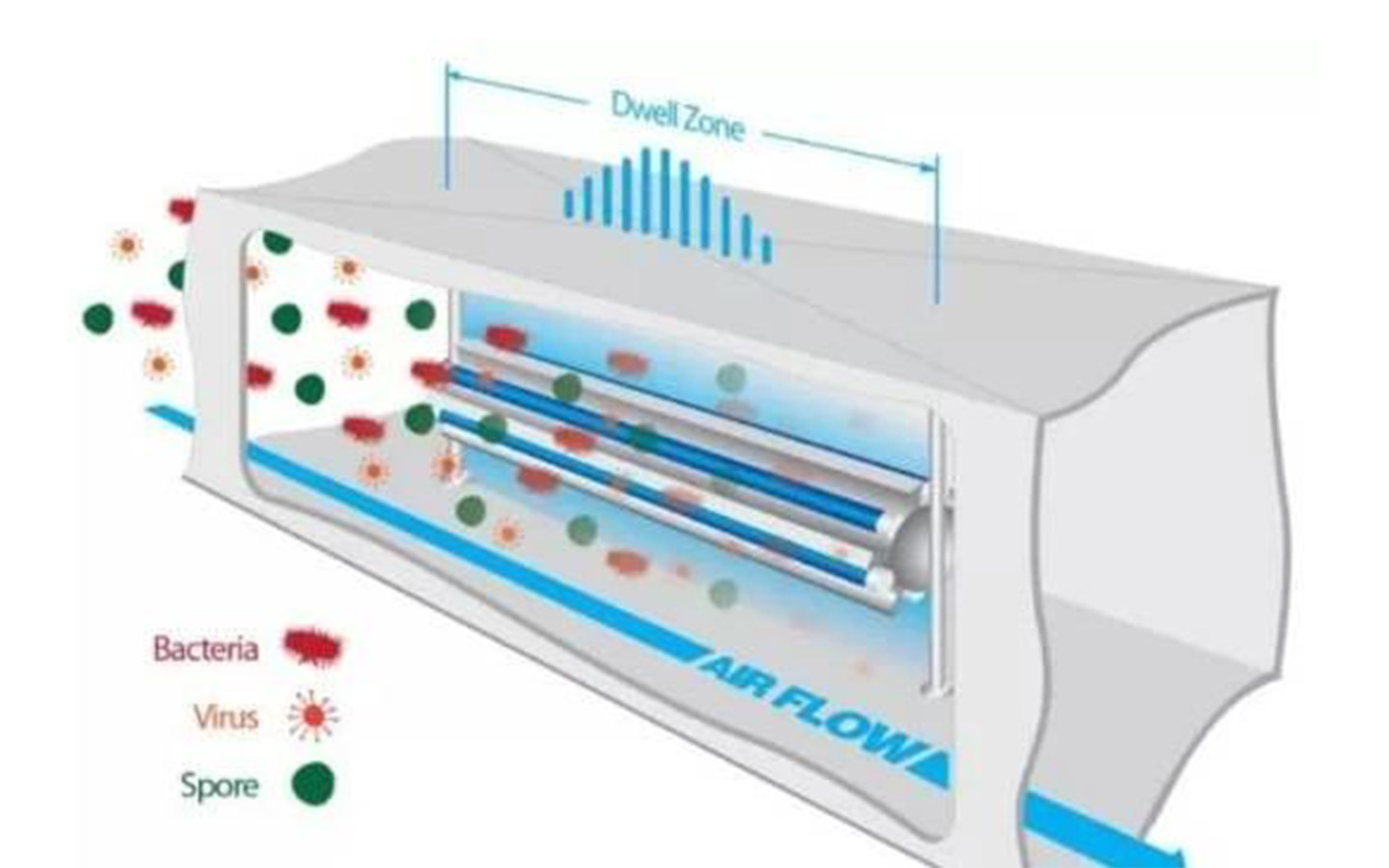
It is feasible for central air conditioners to use pre-filters, medium-efficiency filters, ultraviolet sterilization and nano-photocatalysts for air purification. The catalysis of activated carbon loaded nano titanium dioxide and ultraviolet light has the best purification effect on formaldehyde in the air. The nano-titanium dioxide photocatalytic purification device can be used to purify nitrogen dioxide with a low initial concentration.
The high photocatalytic activity can efficiently oxidize nitrogen dioxide gas in indoor air, and can also oxidize and eliminate bacteria and viruses in the air. Ultraviolet lamps can double-effect eliminate bacteria and viruses in indoor air. Nano-titanium dioxide and activated carbon fiber have good chemical stability, thermal stability, long service life, and meet the standards of industrial catalysts.
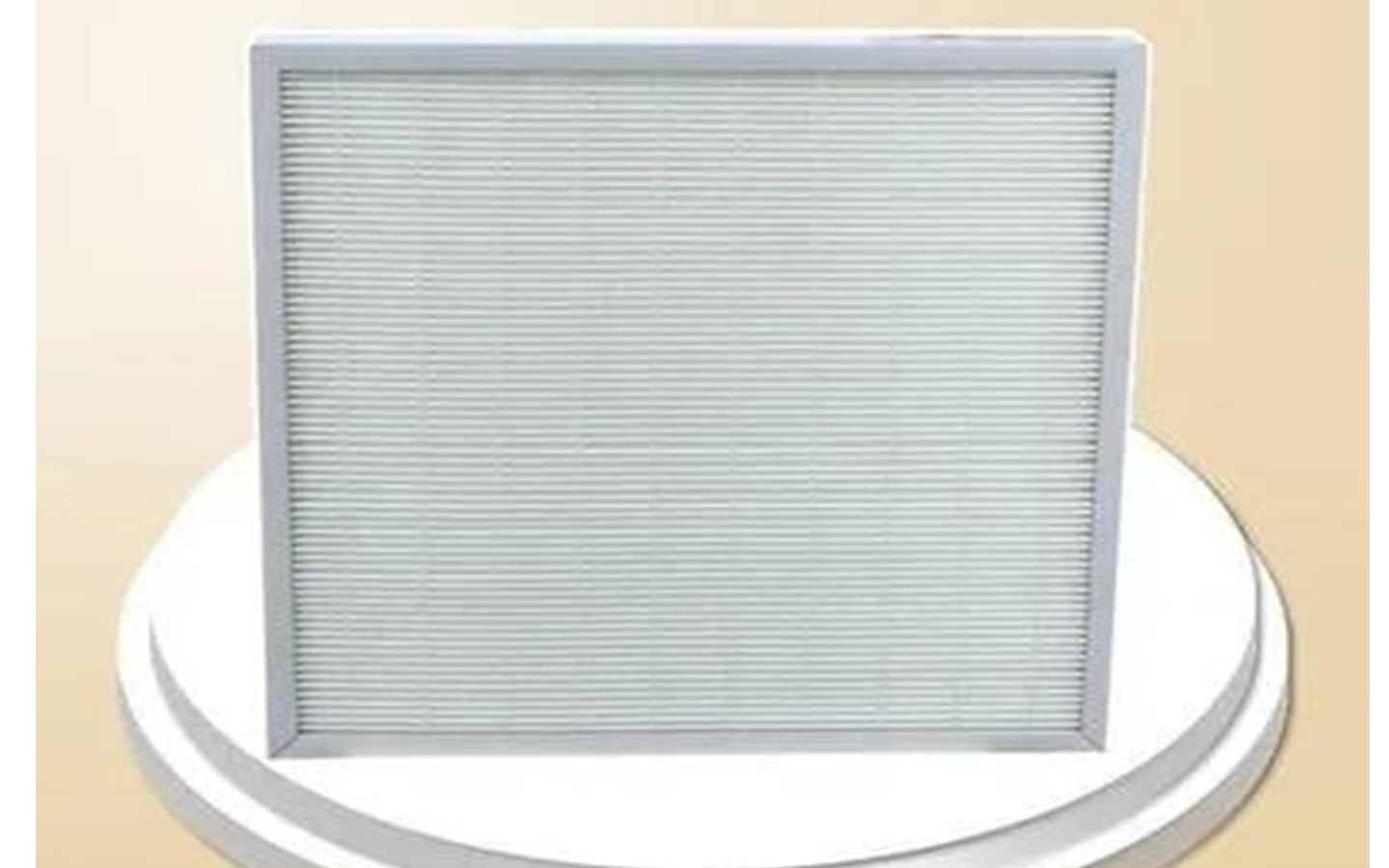

 Español
Español Русский
Русский Tiếng Việt
Tiếng Việt 中文
中文 suomi
suomi Français
Français Português
Português English
English Deutsch
Deutsch Français
Français Español
Español Italiano
Italiano Português
Português Pусский
Pусский


